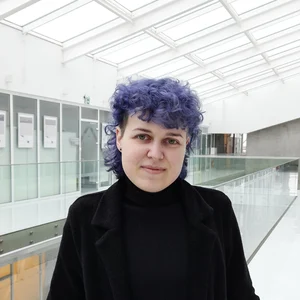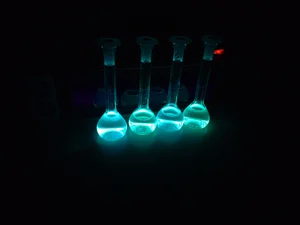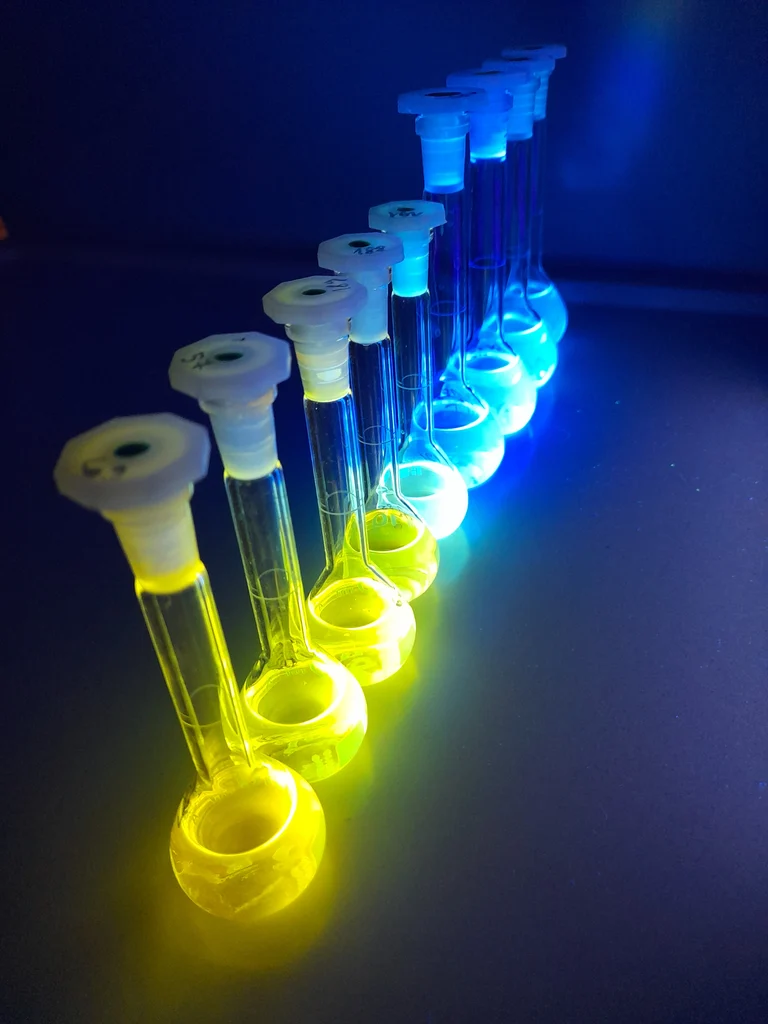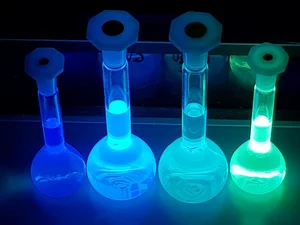Melanoma is one of the most aggressive skin cancers, with over 300,000 new cases reported worldwide each year. In Europe, the number of diagnoses has been rising rapidly. However, early detection and advanced treatments can significantly improve survival rates. Researchers at Kaunas University of Technology (KTU) are contributing to the development of a non-invasive melanoma treatment, using light and special dyes.
Although medicine and light may not seem to have much in common at first sight, light therapy, which combines them, has been used since ancient times. It has been used to treat seasonal depression, skin diseases, muscle and joint pain, and to promote tissue regeneration. This method is rapidly gaining popularity and can even be used to treat certain types of cancer.
By developing new dyes, researchers from KTU Synthetic Organic Chemistry research group, led by Prof. Algirdas Šačkus, are also contributing to the development of this type of photodynamic therapy which can treat skin cancer.
Light-activated ointment triggers cancer cell destruction
This can cause the cancer cell or parts of the cell – organelles – to shrink, expand or burst, rupture their membranes, or cause autophagy – a phenomenon in which the cell “eats itself”.
To prevent harm to healthy cells, the light dose must be carefully controlled, activating only the photosensitiser. The blue light was selected as the optimal light source to ensure this precision.
“These compounds absorb both ultraviolet (UV) and visible light, but light at 414 nm, situated between UV and blue, proved to be the most suitable. While they absorb UV light more strongly, UV should not be used because it can damage even DNA of healthy cells,” says Varvuolytė.
A sufficient amount of the photosensitiser must reach the cancer cells for photodynamic therapy to work effectively.
Fewer side effects
One of the main advantages of photodynamic therapy is that it causes far fewer side effects than traditional treatment methods.
“Surgery, chemotherapy, and radiotherapy are all very uncomfortable procedures, and not everyone recovers quickly from them,” says the young researcher.
According to Varvuolytė, the most common side effects of photodynamic therapy include a burning sensation in the treated skin area and increased sensitivity to light.
However, challenges remain. An excess of melanin in melanoma tissues can interfere with the interaction between light and photosensitisers. “Melanin absorbs ultraviolet and blue light, which can reduce the effectiveness of therapy. It can also neutralise active oxygen species, which are essential for cell destruction,” says Varvuolytė.
“This is a long and expensive process that takes years but it is necessary to ensure that patients receive not only effective but also safe treatment,” stresses the young researcher.
So far, the dyes synthesised at KTU and tested at Palacký University Olomouc remain in the early research stage. They have been studied in vitro, meaning tests have only been conducted on cells.
The project “Synthesis, characterization and biological evaluation of novel fused heterocyclic systems” was supported by the Research Council of Lithuania. The article “Synthesis and photo-induced anticancer activity of new 2-phenylethenyl-1H-benzo[e]indole dyes” was published in the European Journal of Medicinal Chemistry and is available here.





